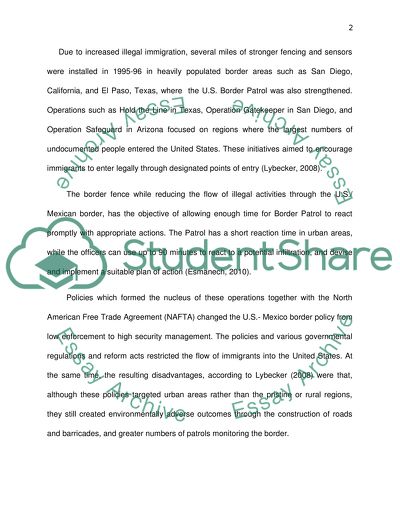Cite this document
(“United States/ Mexican Border Wall for Reducing Drug Trafficking in Essay”, n.d.)
Retrieved from https://studentshare.org/environmental-studies/1418856-united-states-mexican-border-wall-for-reducing-drug-trafficking-in-the-united-states
Retrieved from https://studentshare.org/environmental-studies/1418856-united-states-mexican-border-wall-for-reducing-drug-trafficking-in-the-united-states
(United States/ Mexican Border Wall for Reducing Drug Trafficking in Essay)
https://studentshare.org/environmental-studies/1418856-united-states-mexican-border-wall-for-reducing-drug-trafficking-in-the-united-states.
https://studentshare.org/environmental-studies/1418856-united-states-mexican-border-wall-for-reducing-drug-trafficking-in-the-united-states.
“United States/ Mexican Border Wall for Reducing Drug Trafficking in Essay”, n.d. https://studentshare.org/environmental-studies/1418856-united-states-mexican-border-wall-for-reducing-drug-trafficking-in-the-united-states.


